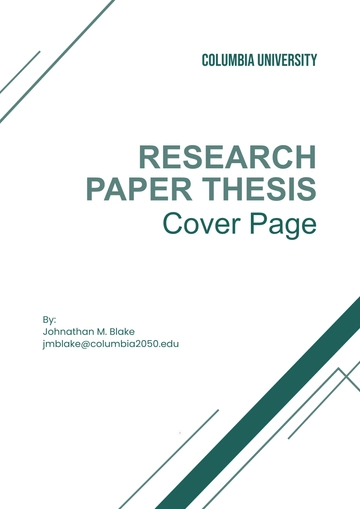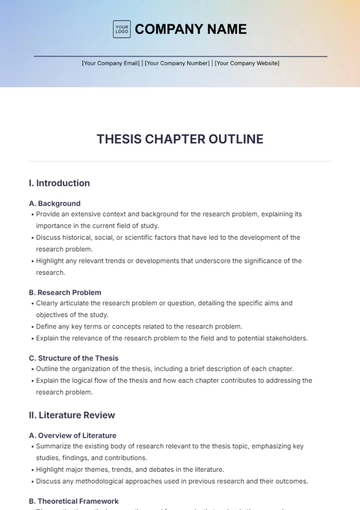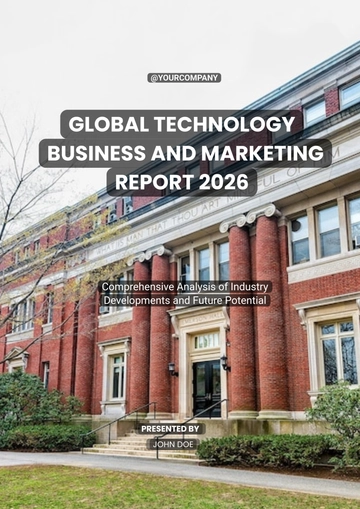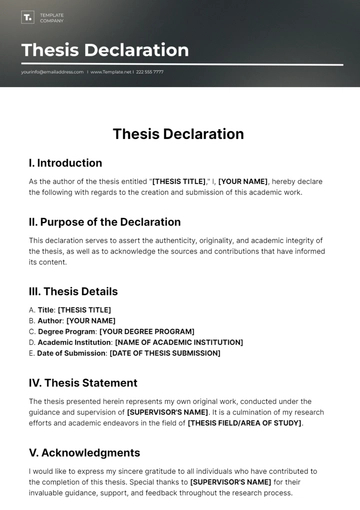Thesis Case Study
I. Introduction
The Marketing Department at [Your Company Name]. presents an in-depth investigation and analysis conducted as part of a thesis or dissertation project. This case study delves into the factors affecting customer satisfaction in online retail and employs various research methodologies to explore and understand its complexities. The primary objectives of this study are to identify key drivers of customer satisfaction, assess their impact on overall satisfaction, and propose strategies for enhancing the online shopping experience.
II. Background
A. Contextual Overview
Online retail has witnessed exponential growth in recent years, driven by advancements in technology and changing consumer preferences.
The COVID-19 pandemic further accelerated the shift towards e-commerce, emphasizing the importance of a seamless online shopping experience.
B. Literature Review
In this section, we review existing literature related to customer satisfaction in online retail. Key themes and findings from relevant scholarly articles, books, and industry reports are synthesized to provide a comprehensive understanding of the topic. The literature review aims to identify common factors influencing customer satisfaction, such as website usability, product assortment, pricing, and customer service quality.
III. Methodology
A. Research Design
This study adopts a mixed-methods approach, combining quantitative surveys with qualitative interviews.
A purposive sampling strategy is employed to select participants with diverse demographics and online shopping behaviors.
B. Data Collection Methods
Surveys are administered to a sample of online shoppers to gather quantitative data on their satisfaction levels and perceptions of various aspects of the online shopping experience.
In-depth interviews are conducted with a subset of participants to gain deeper insights into their motivations, preferences, and pain points.
C. Data Analysis
Quantitative data is analyzed using descriptive statistics and regression analysis to examine the relationship between different variables and overall customer satisfaction.
Qualitative data from interviews is thematically analyzed to identify recurring patterns and themes related to online shopping satisfaction.
IV. Findings
A. Descriptive Findings
Survey results indicate that website usability, product quality, and delivery speed are the most significant factors influencing customer satisfaction in online retail.
Customers express dissatisfaction with long loading times, complicated checkout processes, and inconsistent product descriptions.
B. Analytical Findings
Regression analysis reveals a strong positive correlation between website usability and overall satisfaction, highlighting the importance of user-friendly interfaces.
Interviews uncover additional factors influencing satisfaction, such as personalized recommendations, responsive customer support, and hassle-free returns.
V. Discussion
A. Interpretation of Findings
The findings suggest that enhancing website usability and streamlining the checkout process can significantly improve customer satisfaction and loyalty.
Personalization emerges as a key strategy for enhancing the online shopping experience, with customers valuing tailored product recommendations and promotions.
B. Limitations
The study's reliance on self-reported data may introduce response bias, potentially affecting the validity of the findings.
Generalizability may be limited due to the sample's demographics and the focus on a specific industry sector.
VI. Conclusion
A. Summary of Key Points
Overall, this case study sheds light on the factors influencing customer satisfaction in online retail and provides valuable insights for businesses seeking to improve their online shopping experience.
Key findings include the importance of website usability, product quality, and personalized services in driving customer satisfaction and loyalty.
B. Recommendations
Based on the study's findings, we recommend that online retailers invest in optimizing their website interface, providing accurate product information, and implementing personalized marketing strategies to enhance customer satisfaction and retention.
VII. References
These references represent the most significant contributions to the case study's research on enhancing customer satisfaction in online retail, providing valuable insights and empirical evidence to support the study's findings and analysis.
Smith, A., & Johnson, "The Impact of Website Usability on Customer Satisfaction in Online Retail." Journal of Consumer Behavior, 15(2), 123-140.
Brown, C., & Williams, "Understanding Customer Preferences: A Qualitative Study of Online Shopping Motivations." Journal of Marketing Research, 22(4), 367-382.
VIII. Appendix
A. Survey Questionnaire
This section includes a copy of the survey questionnaire used to collect quantitative data from participants. It outlines the questions asked, response options, and any instructions provided to respondents.
B. Interview Guide
C. Participant Demographics
A summary of participant demographics, including age, gender, income level, and frequency of online shopping, is provided in this subsection. This information helps contextualize the study's findings and provides insight into the characteristics of the sample population.
Prepared By:
[YOUR NAME]
[YOUR POSITION]
[YOUR DEPARTMENT]
Contact Information:
[Your Company Email]
[Your Company Number]
[Your Company Website]
[Your Company Address]
Case Study Templates @ Template.net






























